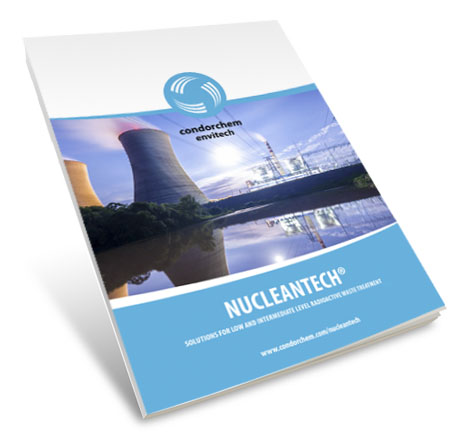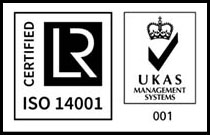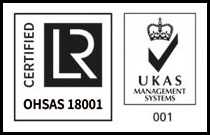This website uses cookies so that we can provide you with the best user experience possible. Cookie information is stored in your browser and performs functions such as recognising you when you return to our website and helping our team to understand which sections of the website you find most interesting and useful.
NUCLEANTECH® H3BO3
SOLUTION FOR THE TREATMENT OF BORIC ACID WATERS USED IN THE PRIMARY COOLANT IN PWR-TYPE POWER PLANTS
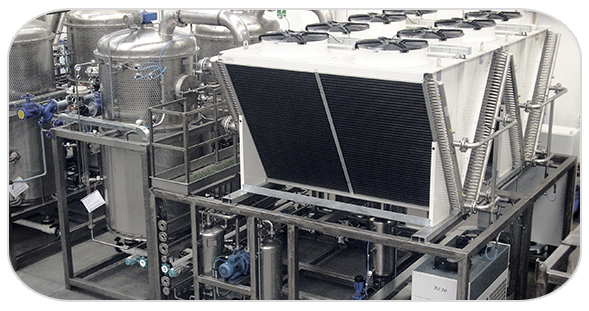
CONCEPT
The objective of this product it to treat waste water produced in the regeneration of ion exchange resins in the treatment of primary circuit refrigerant of PWR reactors.
The effluent from the regeneration of these resins contains all of the previously retained anions and cations, the majority of which are radioactive isotopes from the activation of atoms of irradiated structural materials by neutron flow (60Co, 129I, 131I, 90Sr, 55Mn, 59Fe, 137Cs, 134Cs, 51Cr, etc.).
This water can contain a significant amount of radioactive substances, so its decontamination must be carried out in an effective, controlled and safe manner. Furthermore, and also very importantly, this process also enables the recovery of the boron used in the reactor as a moderator of neutron flow, which is nuclear grade boron.
APPLICATIONS
The NUCLEANTECH® H3BO3 process has been developed for the decontamination of effluent generated in the regeneration of ion exchange resins of the treatment of primary circuit refrigerant of PWR reactors.
Furthermore, with small technical adaptation, the same process would be apt for the recovery of the boric acid present in the primary circuit refrigerant, obtaining nuclear grade boron.
PROCESS
The process is based on the retention of radioactive species from the effluent through mixed-bed ion-exchanger resins (anionic and cationic).
When this bed is regenerated, the effluent produced contains the concentrate of all radioactive species separated from the primary circuit refrigerant.
This effluent is concentrated using an evaporator-dryer that makes the solid waste completely dry. This dry and concentrated solid is considered a solid waste of low and intermediate level (LILW) and must be managed via confinement in drums of 220 L and sealed with cement.
Furthermore, this process enables the recovery of the boric acid used as a moderator for the neutron flow inside the nuclear reactor, as this is in the form of H2BO3– and would also be retained in the ion exchange column. Subsequently, it can be concentrated through the evaporation process.
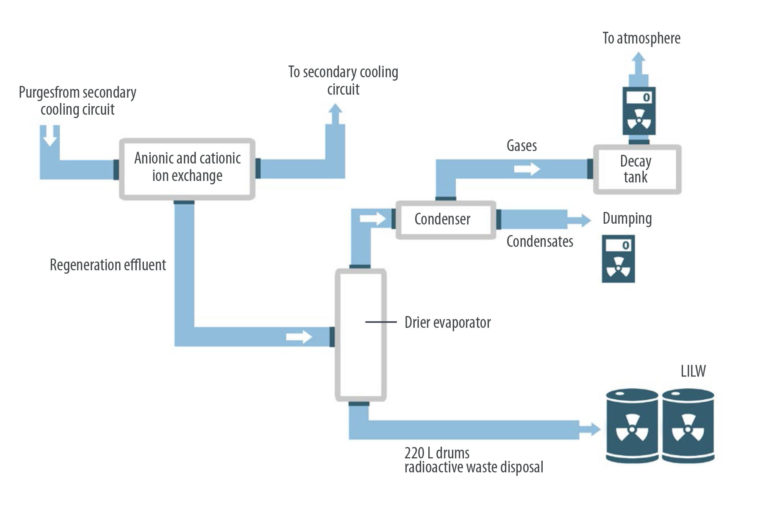
ADVANTAGES
Complete decontamination of the liquid effluent
Recovery of nuclear grade boron from the primary circuit
Minimization of solid waste of low and intermediate level (LILW)
Significant reduction in financial operating costs
TECHNICAL CHARACTERISTICS
Complete decontamination of the liquid effluent
Minimization of solid waste of low and intermediate level (LILW)
Recover of nuclear grade boron from the primary refrigeration circuit
Exhaustive control of radiation throughout the entire process
Strict compliance with the strictest standards
© NUCLEANTECH 2022, All Right Reserved
